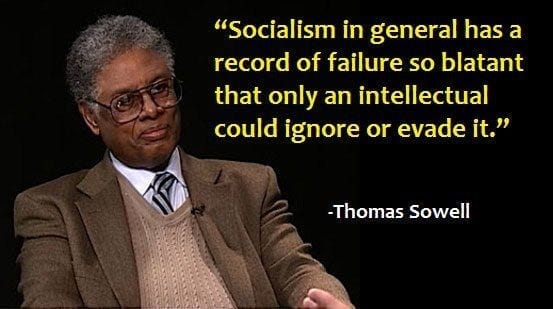Christopher Lasch Appealed on the Left and the Right
By Christian Lorentzen at The Jacobin

The True and Only Heaven begins with a long section of intellectual autobiography, in which Lasch traces his evolution from an upbringing in Midwestern progressivism “overlaid by the liberalism of the New Deal” through a phase of socialism to a loss of “faith in the explanatory power of the old ideologies.” He opposed the Vietnam War and was at first heartened by the student movement, but then he came to believe that the “trouble with the new left . . . lay precisely in its ignorance of the earlier history of the left, as a result of which it proceeded to recapitulate the most unattractive features of that history: rampant sectarianism, an obsession with ideological purity, sentimentalization of outcast groups.” By this time, he had steeped himself in Karl Marx and Friedrich Engels, Antonio Gramsci and Georg Lukács, and the Frankfurt School, and he had written books chronicling American liberals’ response to the Russian Revolution, the radical tradition in the United States, and crises of the Left during the early years of the Cold War. Nearly six hundred pages in length, The True and Only Heaven proceeds from Enlightenment ideas of progress and countervailing populist movements through to the emergence of the so-called new class after World War I.
For Lasch, this class consisted of both the professional-managerial class of liberals and the neoconservative vanguard of the New Right. Both were united by a “culture of critical discourse.” (On this topic, Lasch’s writing takes on an aphoristic power: “Both the virtues and the defects of the professional class spring from the habit of criticism, which, unleavened by a sense of its own limits, soon reduces the world to ashes.”) In a basic sense, both liberals and conservatives were advocates of Enlightenment ideas of progress: liberals in their commitment to science, the Right in its allegiance to capitalism. In their different ways, Lasch argued, both the liberals and the conservatives were running cover for consumerism. The liberal professionals had promoted a cult of choice and therapeutic remedies, in essence creating demand for their own services and acting as adjuncts of Madison Avenue. Meanwhile: “The ideological appeal of the new right depended on its ability not only to emphasize social issues at the expense of economic issues but to deflect ‘middle-class’ resentment from the rich to a parasitic ‘new class’ of professional problem solvers and moral relativists.” . . .
The Revolt of the Elites and the Betrayal of Democracy expands on this claim. At its heart is a critique of meritocracy, elaborating on the ideas of Michael Young, the English novelist who coined the term in 1958. “The general course of recent history,” Lasch writes, “no longer favors the leveling of social distinctions but runs more and more in the direction of a two-class society in which the favored few monopolize the advantages of money, education, and power.” The book has at times been appropriated by thinkers on the Right as an endorsement of their strategy of fomenting resentment toward liberal elites. (In 2017, Steve Bannon, then still in the White House, was reported to be reading it.) But such interpretations misplace the emphasis of Lasch’s arguments, much as the cover of his book does, printing the first half of its title in much larger type than the second half.



